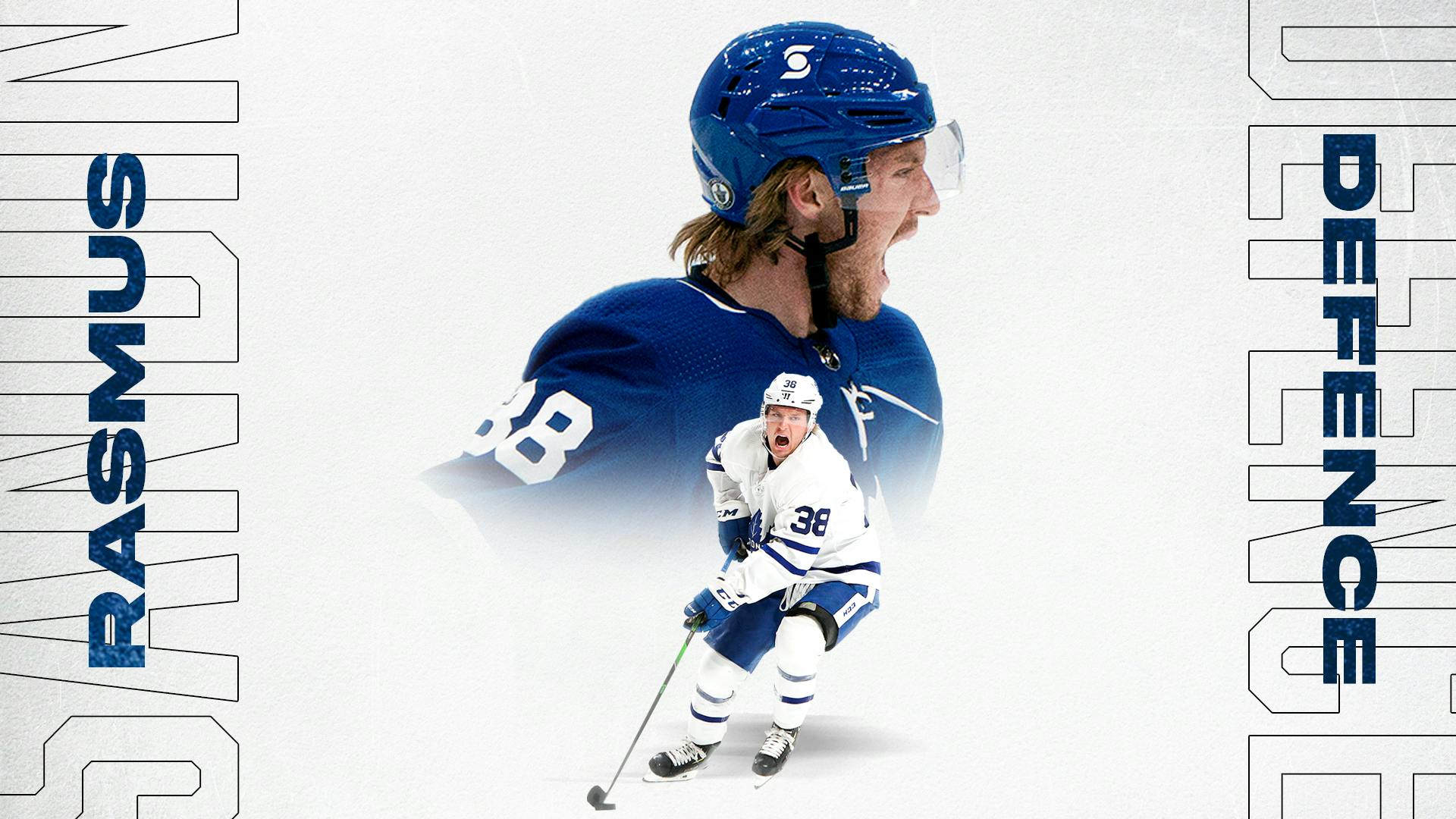The 2021 Top 20 Leafs Prospects: #1 Rasmus Sandin
Photo credit: Nick Barden
By Nick Richard
Sep 10, 2021, 09:00 EDT
Breaking News
- Maple Leafs are in good hands if they have to turn to Joseph Woll vs. Panthers
- A timeline of Sam Bennett’s villainry vs. the Maple Leafs
- Maple Leafs need to focus on what worked, not getting revenge
- Jay Rosehill doesn’t think Sam Bennett crossed the line: Leafs Morning Take
- Craig Berube says Anthony Stolarz is doing well, status for Game 2 unknown
